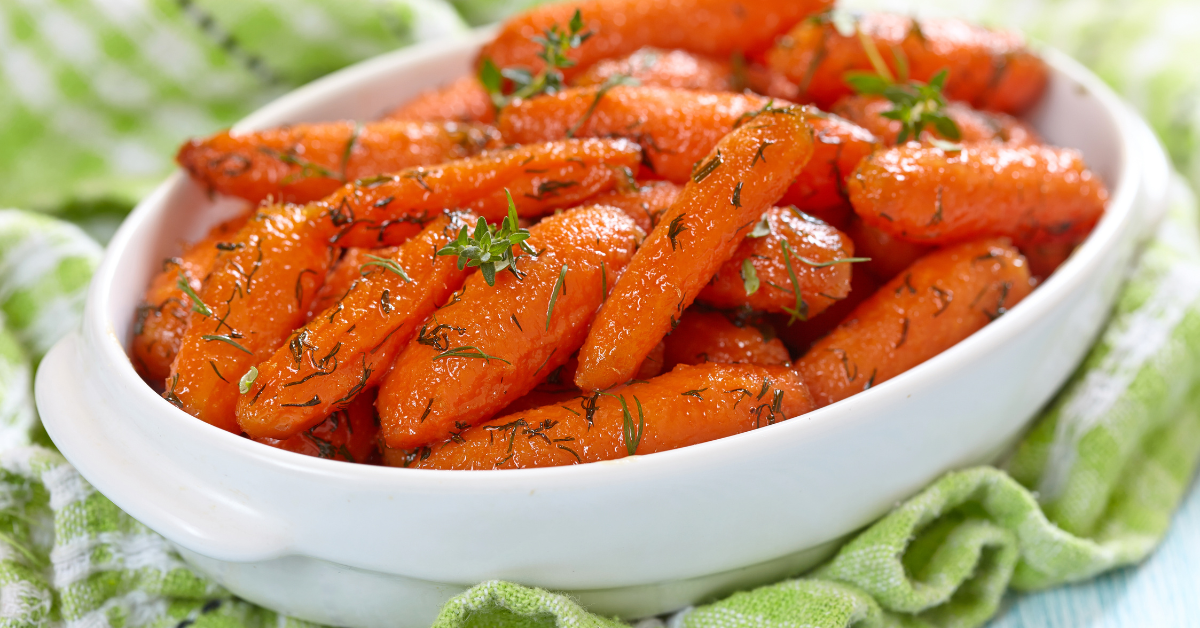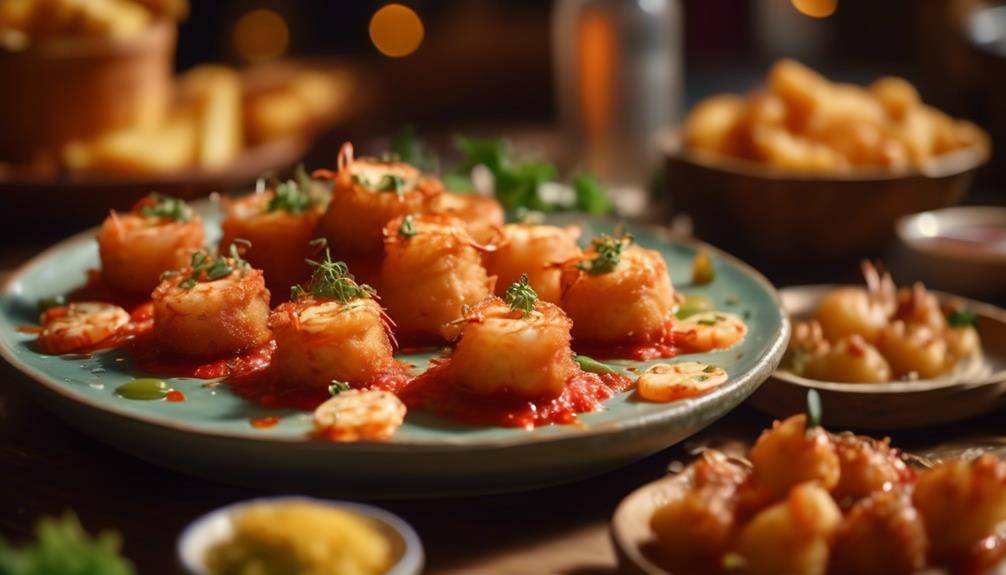The Popular Wild Game Meats In Swedish Cuisine

In Swedish cuisine, Wild Game Meats In Swedish Cuisine like reindeer, moose, and wild boar play an essential role. You’ll find reindeer meat in hearty stews and smoked preparations, reflecting indigenous Sámi culture. Moose is known for its robust flavor, commonly enjoyed as meatballs or in warming soups. Wild boar, rich and slightly sweet, is often slow-cooked or made into sausages. Game birds like grouse and partridge also hold significance, celebrated in simple yet flavorful dishes. Each of these meats not only offers unique tastes but also connects you to Sweden’s rich culinary traditions and sustainable practices. Explore more to uncover additional delights.
Reindeer Meat in Sweden
Reindeer meat is a staple in Swedish cuisine, especially in the northern regions where this majestic animal roams freely. This meat isn’t just a food source; it holds deep cultural significance for the indigenous Sámi people, who have sustainably managed reindeer herding for centuries. When you explore the culinary traditions of Sweden, you’ll find that reindeer meat often features in various dishes, revealing how this animal has shaped local diets and lifestyles.
Reindeer farming plays a vital role in the economy and culture of northern Sweden. As you savor dishes like rökt ren (smoked reindeer), you’re tasting a product of traditional practices that connect people to their land and heritage. The meat is lean, rich in flavor, and packed with nutrients, making it an excellent choice for health-conscious eaters.
You might find reindeer meat in hearty stews or served as thinly sliced carpaccio, often accompanied by lingonberries and root vegetables. Each bite tells a story of resilience and tradition, allowing you to appreciate the connection between nature and culture.
In Sweden, reindeer meat isn’t just another option on the menu; it embodies a way of life that honors the past while nourishing the present. So, when you indulge in this delicacy, you’re not just enjoying a meal; you’re participating in a rich cultural experience that spans generations.
Moose: A Swedish Favorite
Moose is another iconic meat in Swedish cuisine, celebrated for its robust flavor and versatility. If you’ve ever had the chance to enjoy moose, you know it’s a treat. The meat is lean, rich in taste, and often used in various traditional dishes. For many Swedes, moose hunting is not just a pastime; it’s a cherished tradition that connects families and communities. The thrill of the hunt brings people together, and the rewards are plentiful when it comes to preparing delicious meals.
When you think of moose recipes, imagine hearty stews simmering on the stove or gourmet burgers sizzling on the grill. A classic dish is moose meatballs, which you can serve with lingonberry sauce and creamy mashed potatoes. You might also enjoy a flavorful moose roast, seasoned with herbs and slow-cooked to perfection. Each bite captures the essence of the Swedish wilderness.
Don’t forget about moose soup, a warming dish perfect for chilly evenings. Whatever recipe you choose, the process of preparing moose brings an element of excitement and appreciation for the land. It’s more than just cooking; it’s about honoring the traditions and values associated with moose hunting.
Wild Boar Traditions
In the domain of Swedish wild game, wild boar holds a special place, steeped in tradition and rich flavor. You’ll find that boar hunting is a cherished activity, often passed down through generations. It’s not just about the thrill of the chase; it’s an integral part of Swedish culture, where family and friends gather to share stories and bond over this age-old practice.
When a successful hunt occurs, the celebration begins. The meat is processed and prepared in various ways, showcasing the culinary traditions that have emerged around wild boar. You might savor dishes like slow-cooked boar stew, where the meat’s robust flavor shines through, or perhaps you’ll enjoy boar sausages seasoned with local herbs and spices. Each recipe reflects the essence of Swedish cooking, emphasizing simplicity and the natural taste of the meat.
Wild boar meat is typically rich and slightly sweet, making it a versatile ingredient suited for both hearty meals and elegant dining. You could pair it with traditional side dishes like root vegetables or creamy polenta, allowing the flavors to complement each other beautifully.
As you explore Swedish cuisine, you’ll appreciate how wild boar traditions not only celebrate the hunt but also honor the land and its resources. It’s a reminder of the connection between nature and the table, showcasing a culinary heritage that continues to thrive in modern Swedish kitchens.
Game Birds in Swedish Cooking
While many might associate Swedish cuisine with hearty meats like boar and moose, game birds also play an important role in the culinary landscape. One of the most celebrated game birds in Sweden is the grouse. You’ll find various grouse recipes that highlight its rich, gamey flavor. Traditional dishes often feature roasted grouse, seasoned simply with herbs and served alongside root vegetables or lingonberry sauce, which complements the meat beautifully.
Partridge hunting is another cherished activity in Sweden, especially in the autumn months. The Swedish countryside comes alive with hunters walking through forests and fields, searching for this delicate bird. Partridge is often prepared in a manner that preserves its subtle flavor—think braised with mushrooms and cream or grilled with a light marinade. These dishes reflect the country’s commitment to using fresh, local ingredients, allowing the natural tastes to shine.
When you cook with game birds, it is important to embrace the seasonality of the ingredients. For instance, pairing grouse with seasonal berries or mushrooms enhances the dish and celebrates the local landscape. Whether you’re trying your hand at making a classic Swedish dish or experimenting with modern twists, game birds offer a depth of flavor and a connection to Sweden’s rich hunting traditions. So next time you’re planning a meal, consider incorporating these delightful birds for a taste of authentic Swedish cuisine.
Hare and Rabbit Dishes
Hare and rabbit dishes are treasured components of Swedish cuisine, celebrated for their tender meat and rich flavors. When you immerse yourself in these dishes, you’ll discover a variety of preparations that highlight the gamey essence of hare and rabbit. Traditional hare recipes often feature slow cooking methods, allowing the meat to become incredibly tender while absorbing aromatic herbs and spices.
One popular way to enjoy rabbit is through a hearty rabbit stew. You can create this dish by braising rabbit pieces with vegetables like carrots, onions, and potatoes, simmering them in a rich broth infused with juniper berries and bay leaves. This comforting meal is perfect for colder months, warming both the body and spirit.
If you’re keen to try your hand at hare recipes, consider making a classic Swedish stew called “Hare à la Royale.” This dish involves marinating the hare in red wine, then slow-cooking it with mushrooms and root vegetables, resulting in a dish that’s both succulent and deeply flavorful.
Pair these dishes with lingonberry sauce or pickled cucumbers to balance the richness of the meat. You’ll find that hare and rabbit dishes not only showcase the unique flavors of wild game but also reflect the heartiness of Swedish culinary traditions. So, roll up your sleeves and get ready to savor these delightful, rustic meals that capture the essence of Sweden’s natural bounty.
Sustainable Hunting Practices
Sustainable hunting practices play an important role in preserving Sweden’s rich wildlife and guaranteeing that future generations can enjoy traditional wild game meats. By adopting ethical hunting techniques, you’re not only participating in a crucial cultural tradition but also contributing to wildlife conservation efforts. This commitment to sustainability helps maintain the delicate balance within ecosystems, allowing various species to thrive.
When you hunt ethically, you prioritize responsible practices, such as obtaining the necessary permits, adhering to seasonal restrictions, and respecting habitat regulations. These measures prevent overhunting and guarantee that animal populations remain stable. Additionally, hunting with respect for the animals involved fosters a deeper appreciation for nature and the resources it provides.
Participating in sustainable hunting also means supporting local economies and communities. By purchasing locally sourced wild game, you help create a demand for responsibly hunted meats, driving conservation efforts and promoting awareness about the importance of biodiversity. This approach not only benefits the environment but also enhances the quality of your culinary experiences.
Furthermore, engaging in wildlife conservation initiatives—like participating in habitat restoration projects or supporting wildlife organizations—can strengthen your connection to the land and its inhabitants. In doing so, you’re actively contributing to the preservation of Sweden’s natural heritage.
Frequently Asked Questions: Wild Game Meats In Swedish Cuisine
What Are the Health Benefits of Eating Wild Game Meats?
Eating wild game meats offers numerous health benefits. They’re rich in nutritional value, packed with protein and essential nutrients. Plus, their sustainable sourcing means you’re supporting eco-friendly practices while enjoying delicious, wholesome meals.
Are There Any Traditional Swedish Recipes for Wild Game Meats?
Yes, you’ll find traditional dishes like reindeer stew and moose meatballs in Sweden. Each region offers variations, reflecting local ingredients and culinary styles, so exploring these recipes can reveal unique flavors and cooking techniques.
How Is Wild Game Meat Prepared in Swedish Cuisine?
In Swedish cooking, you’ll find wild game preparation often involves marinating meats in herbs and spices. Techniques like slow roasting or stewing enhance flavors, making each dish rich and deeply satisfying for your palate.
What Are Common Side Dishes Served With Wild Game in Sweden?
When enjoying wild game in Sweden, you’ll often find roasted root vegetables and tangy lingonberry sauce served alongside. These sides complement the rich flavors, enhancing your dining experience with a delightful balance of tastes.
How Can I Find Wild Game Meats in Sweden?
To find wild game meats in Sweden, explore local markets, connect with hunters, and check online vendors. Just remember to follow hunting regulations to guarantee sustainable sourcing and responsible practices in your meat selection.
Conclusion
In Swedish cuisine, wild game meats like reindeer, moose, and wild boar offer unique flavors that connect you to the country’s rich traditions. Game birds, hare, and rabbit add variety and excitement to your meals. Embracing sustainable hunting practices guarantees these delicious meats remain available for future generations. So, whether you’re savoring a hearty moose stew or a delicate reindeer dish, you’re not just enjoying a meal—you’re experiencing a piece of Sweden’s culinary heritage.








